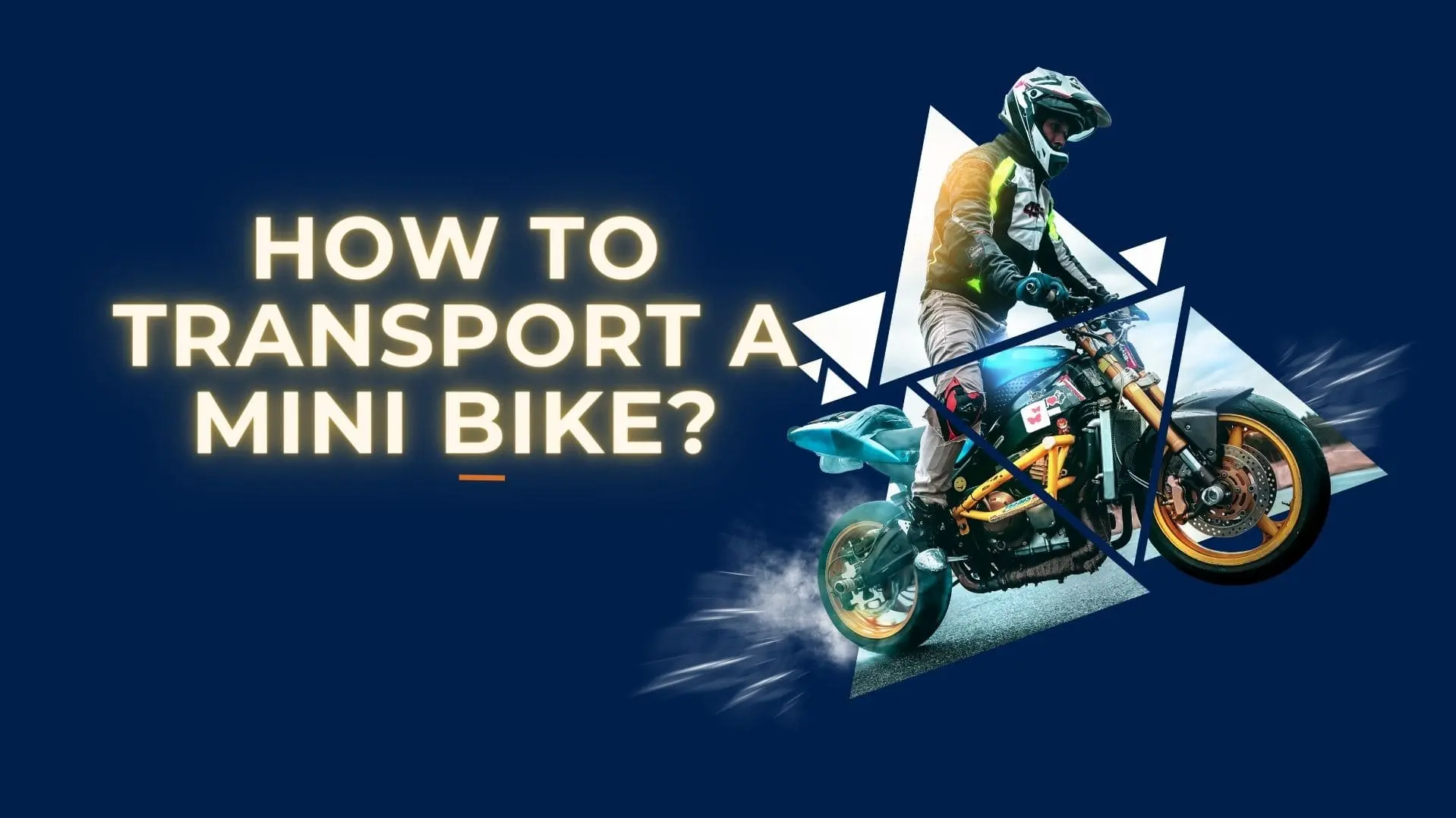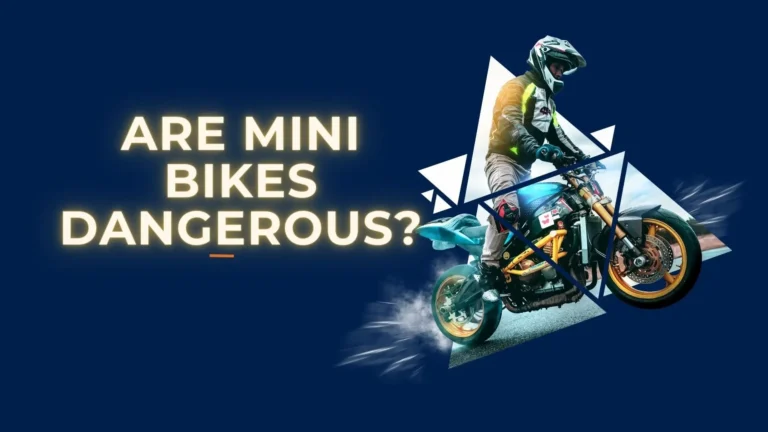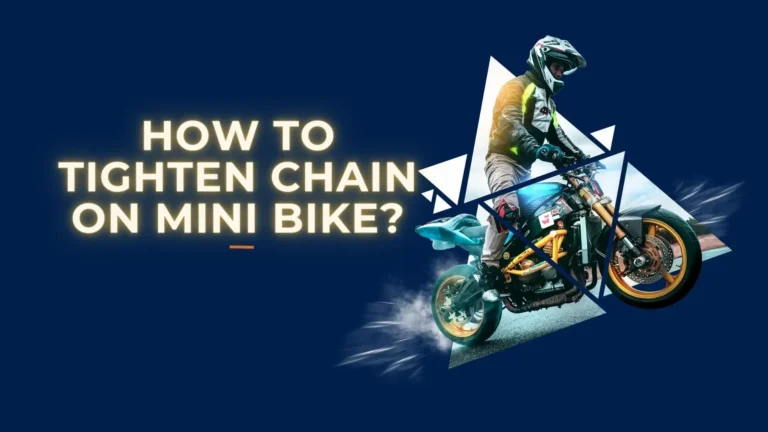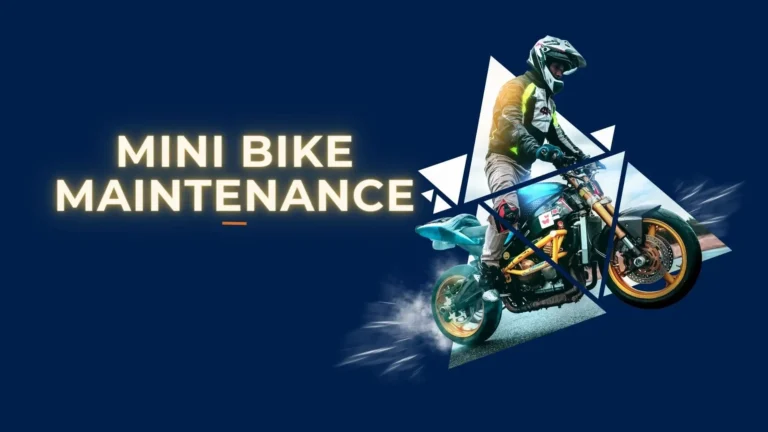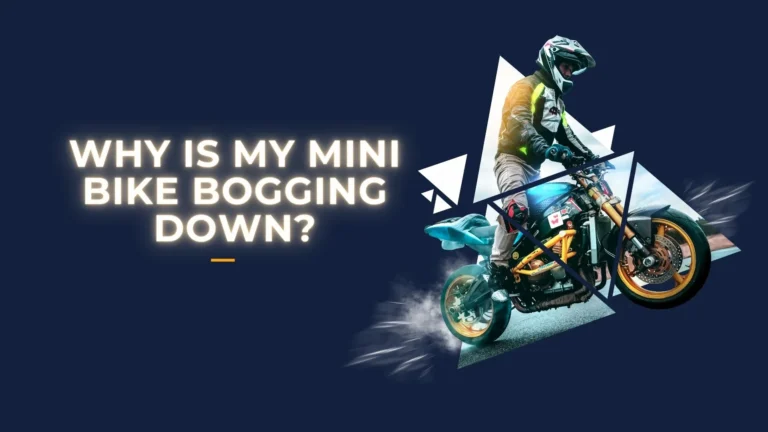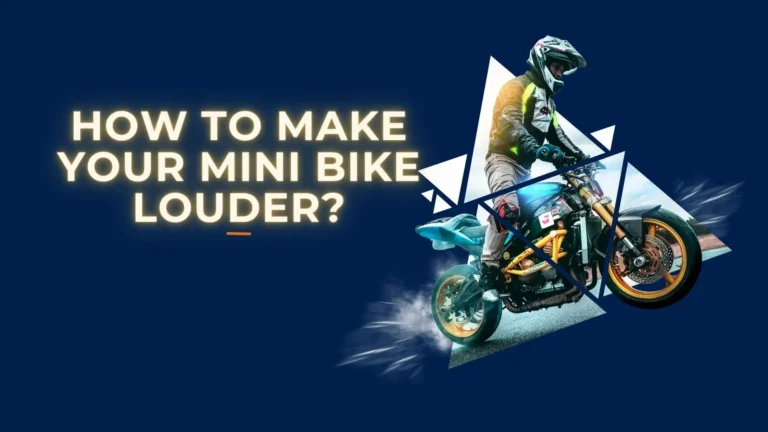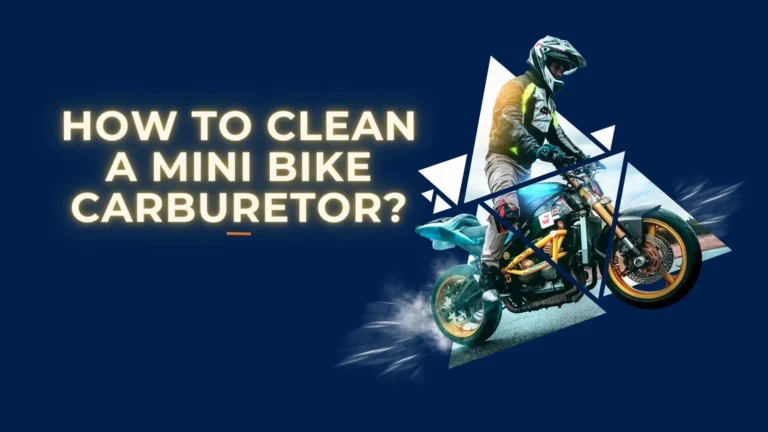How to Transport A Minibike?
For mini bike enthusiasts, one of the top priorities is getting your prized bike to and from your favorite riding spots safely and securely. Nothing would ruin your day faster than watching your mini bike bounce out of the back of a truck on the highway! However, transporting a mini bike doesn’t have to be nerve-wracking if you use the right techniques and equipment.
In this article, you’ll learn insider tips from experienced mini bike owners on the best methods for moving your mini bike without damage or disaster. From trailering to truck beds to shipping and more, we’ve got you covered on how to transport a mini bike like a pro.
With step-by-step instructions, equipment recommendations and important safety considerations, this guide gives you the mini bike hauling know-how to get your tiny terror to the trails and back with peace of mind.
So whether you’re a seasoned mini bike veteran or just getting started on your two-wheeled adventures, read on to master the art and science of mini bike transportation. Let’s hit the road!
Methods for Transporting a Mini Bike
Using a trailer or bike hitch carrier
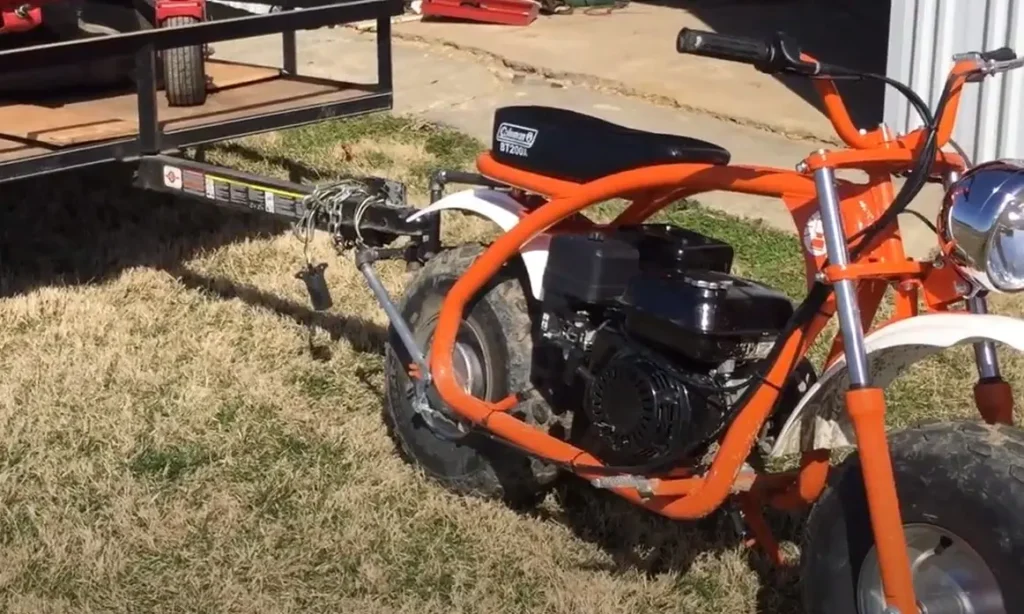
A trailer or bike hitch carrier is one of the best options for securely moving your mini bike. Here are some key considerations when going this route:
Types of Trailers
– Utility Trailers – Small utility trailers with short rails are ideal for mini bikes. Look for a trailer with a 500-1000 lb capacity.
– Motorcycle Trailers – For ultimate protection, choose an enclosed motorcycle trailer. Though more expensive, it will shield your bike from weather and road debris.
– ATV Trailers – Many ATV trailers have lowered rails and ramps to easily load small vehicles. Double check that tire widths can fit between the fender wells.
Bike Hitch Carriers
- Allow transport without a trailer. Hitch carriers simply slide into your vehicle’s receiver.
- Provide easier loading than a truck bed, thanks to built-in ramps. No lifting the bike up high.
- Keep your bike separate from your vehicle interior. No gas/oil smells or leaks inside.
Securely Strapping Your Bike In Place
- Use ratchet straps, cam buckle straps, or tension belts rated for at least 500 lbs.
- Attach straps to strong frame or handlebar points, not to movable parts.
- Put padding under straps to prevent scratching. Old towels or furniture pads work well.
- Check straps frequently during transport to ensure they haven’t loosened.
Transporting in a Truck Bed
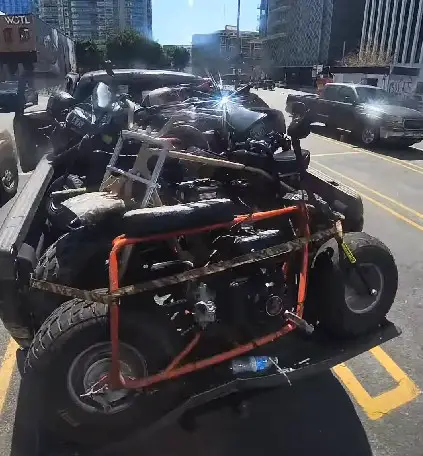
The bed of a pickup truck can also securely carry your mini bike. Follow these tips:
- Invest in a wheel chock that fits your tire width. Bolt it securely to the truck bed.
- Position the front tire in the chock, resting on the back of the truck cab. This anchors the front end.
- Attach heavy duty tie-down straps to each handlebar, fastening them to sturdy truck bed points.
- Add a strap around the rear fender or rack as an additional anti-tip measure.
- Drive slowly and carefully, avoiding quick acceleration or hard braking.
Shipping a Mini Bike
To ship your mini bike via truck freight or parcel service, you’ll need to disassemble it and use protective packaging:
- Remove the gas tank, carburetor, and drain all fluids to avoid leaks.
- Separate and individually box the frame, fork/front wheel, engine, and rear wheel.
- Use rigid wardrobe boxes with plenty of padding or bubble wrap to protect components.
- Label boxes clearly so parts can be identified. Include assembly instructions.
- Choose ground shipping for oversized packages to reduce damage risk.
Fitting Inside an SUV or Van
A mini bike’s small size makes it possible to fit inside some large vehicles:
- Measure inside dimensions before attempting. Removing the front wheel may help fitment.
- Fold down or remove rear seats as needed to optimize space.
- Drain the gas tank fully to prevent noxious fumes inside the vehicle.
- Pad around contact points with moving blankets or towels to prevent scrapes.
- Secure bike with ratchet straps attached to strong vehicle anchor points.
Important Considerations for Safe Mini Bike Transport
Follow these tips to ensure your mini bike arrives safely:
- Never lay the bike on its side during transport. This risks spilling gas and oil. If you must transport sideways, drain all fluids first.
- Use proper tie downs rated for weight. Ratchet straps, tension belts, or compound rope knots provide security. Bungee cords are not recommended.
- Drive smoothly. Sudden acceleration and hard braking can shift the load. Take turns gently.
- Use loading ramps. Ramps allow smoothly rolling the bike into a truck or trailer. Secure ramps in place so they can’t slide out.
- Remove loose accessories. Take off unsecured parts like flags or horns that could fly off during transport.
- Check straps frequently. Make sure the straps remain tight and the bike stays upright throughout the trip.
Conclusion
Transporting your mini bike securely ensures you’ll have many happy rides without damage or disaster. To review, the key tips covered in this guide include:
- Invest in proper equipment like wheel chocks, straps, and ramps to keep your bike immobilized.
- Take safety precautions like draining fluids, driving slowly, and checking straps.
- Use appropriate methods for the situation, whether trailering, truck bed loading, or shipping.
- Follow tie-down, padding, and ramp securing instructions for stability.
- Remove unneeded parts and do not transport sideways to prevent leaks.
While it may seem daunting at first, transporting a mini bike is very manageable with the right gear and techniques. Applying the tips in this guide will have you hauling your tiny terror like a pro. Just remember to put safety first, take your time, and enjoy the ride!


